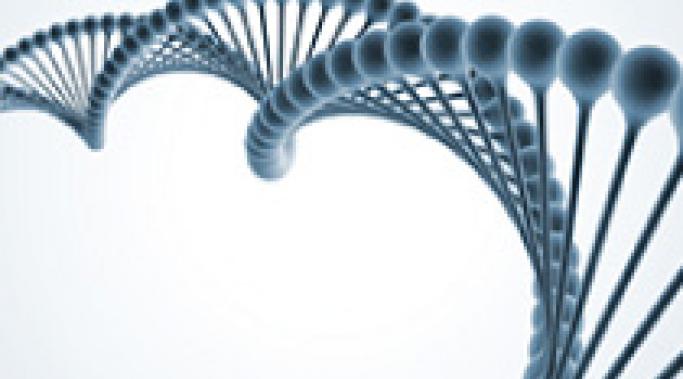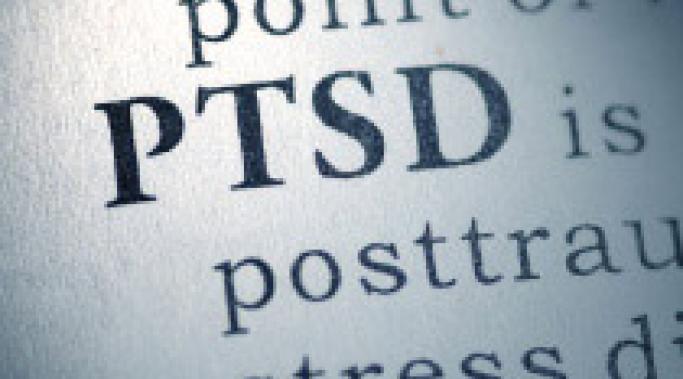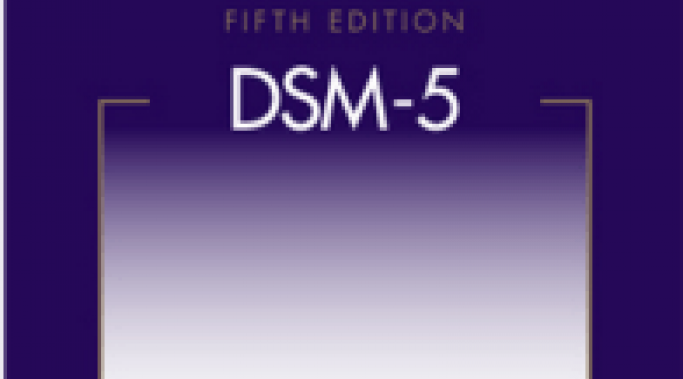Biological markers for combat posttraumatic stress disorder (PTSD) are being found more and more today, so anyone that says it’s “all in your head” really needs to give theirs a shake. What we know today is that there are significant, biological differences between those who suffer from combat PTSD and those who don’t. These biological markers for combat PTSD may allow clinicians in the future to easily and correctly diagnose veterans with PTSD and even predict who is likely to get combat PTSD if they enter a combat zone.
Combat PTSD Diagnosis
On Understanding Combat PTSD I focus on the issues surrounding combat posttraumatic stress disorder (PTSD), often from a medical perspective. However, there are many people that have views on combat PTSD outside of doctors. Of course, veterans are one of these groups and some veterans (and others) might argue that PTSD is not, in fact, a disorder. Why would people think that?
If you’ve returned home from a combat zone, you have likely experienced trauma, and almost all people who have experienced a trauma have some posttraumatic stress disorder (PTSD) symptoms as a result; however, this does not necessarily mean that you have combat PTSD. In order to be diagnosed with combat PTSD, a formal assessment must be made by a healthcare professional and you must have a set number of symptoms that raise to a certain level of severity. You cannot determine, yourself, if you have a diagnosis of PTSD.
There are changes in the brain in someone with combat PTSD and the symptoms they have fall into the categories of:
Re-experiencing – a reliving of the past event
Avoidance – avoidance of situations that remind you of the traumatic event
Arousal – a feeling of being “keyed up” and always on the lookout for danger
Negative changes in beliefs and feelings
The Diagnostic and Statistical Manual of Mental Disorders (DSM) is the manual that outlines all known mental illnesses, what they are, how they are diagnosed, and in some respects, treatment. In May, the DSM released its fifth version and with it came a change in how post-traumatic stress disorder (PTSD) is viewed. While PTSD used to be categorized with the anxiety disorders, it now has been moved into a separate chapter called “Trauma- and Stress-Related Disorders.”



